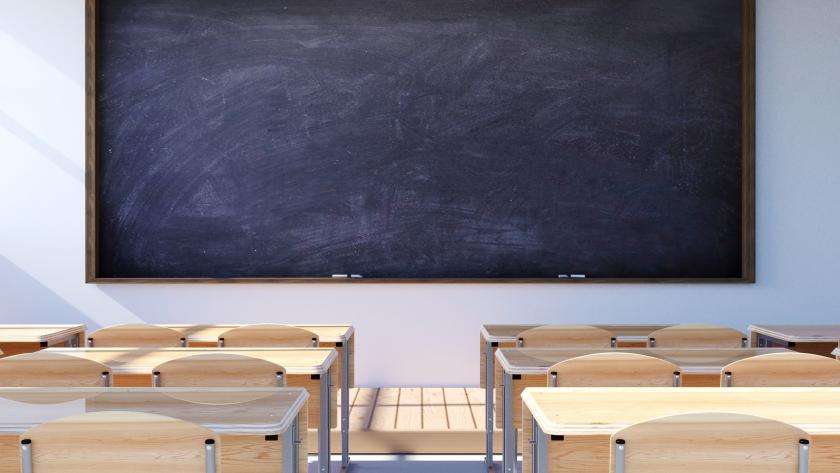1. Talk to your child from birth on. Talk about everything.
2. Play with sounds. Listen for sounds around your house like water running, the train going by and birds chirping outside your window.
3. Name things as you point to the objects or pictures when “reading” with your child.…







